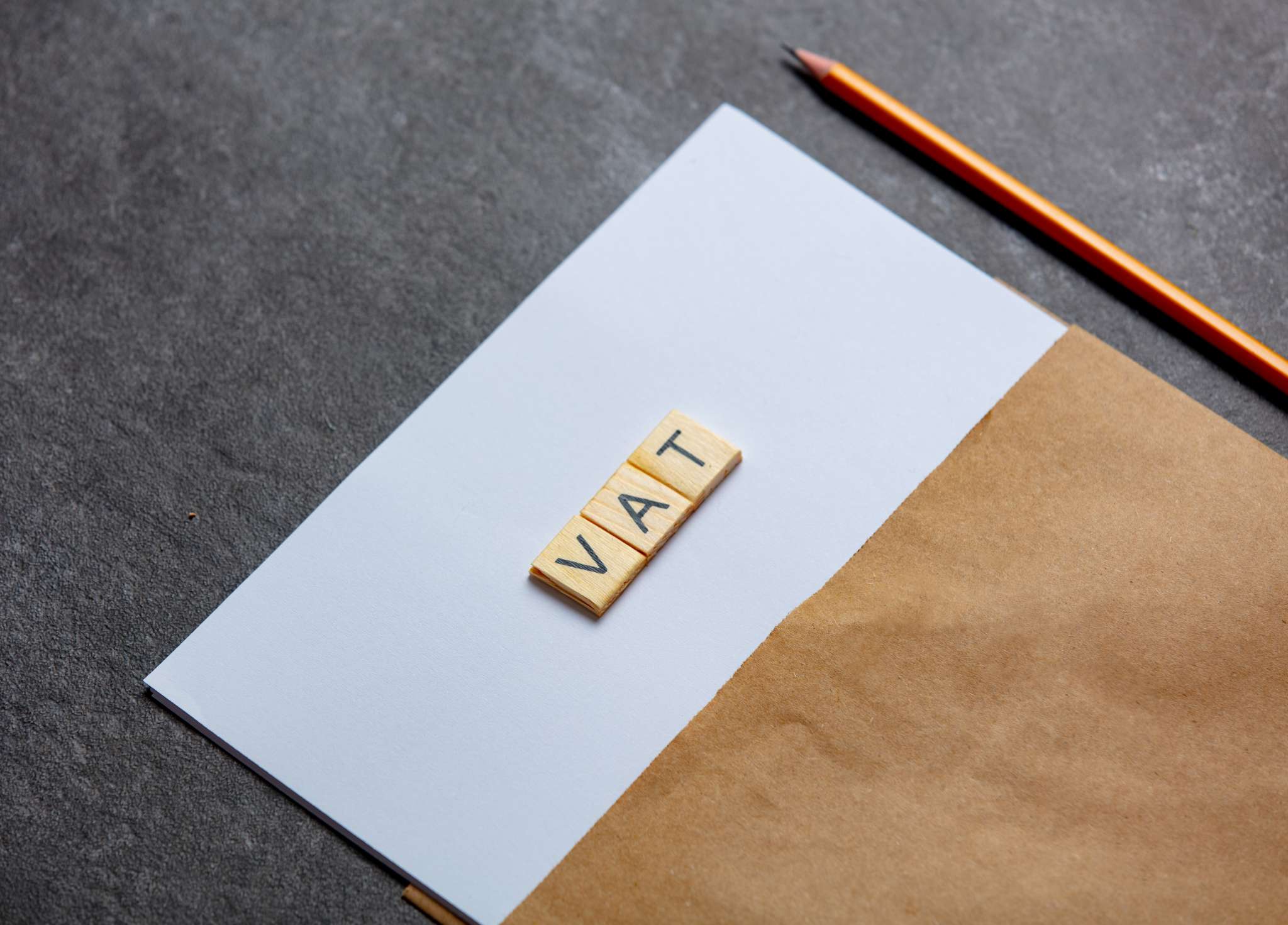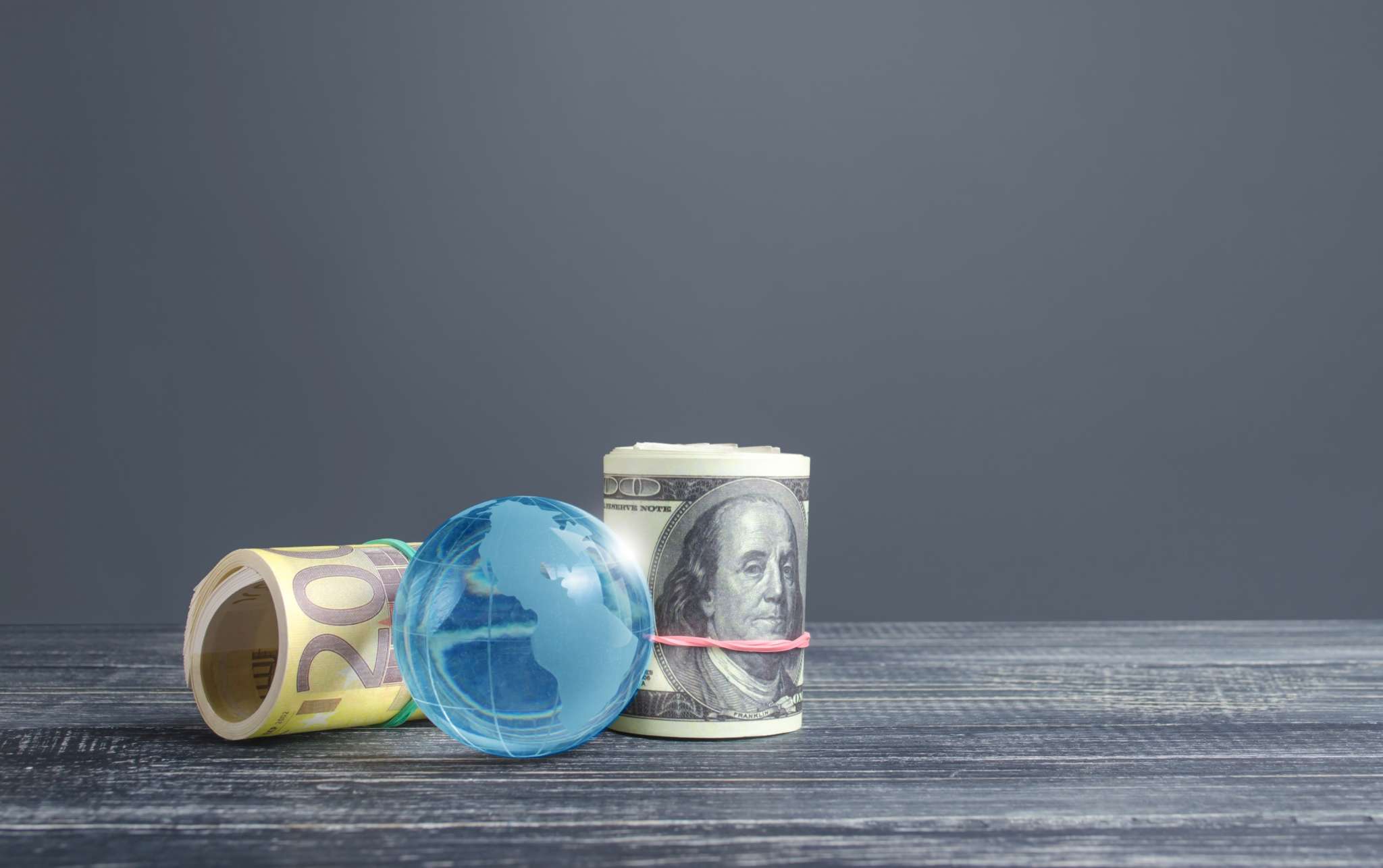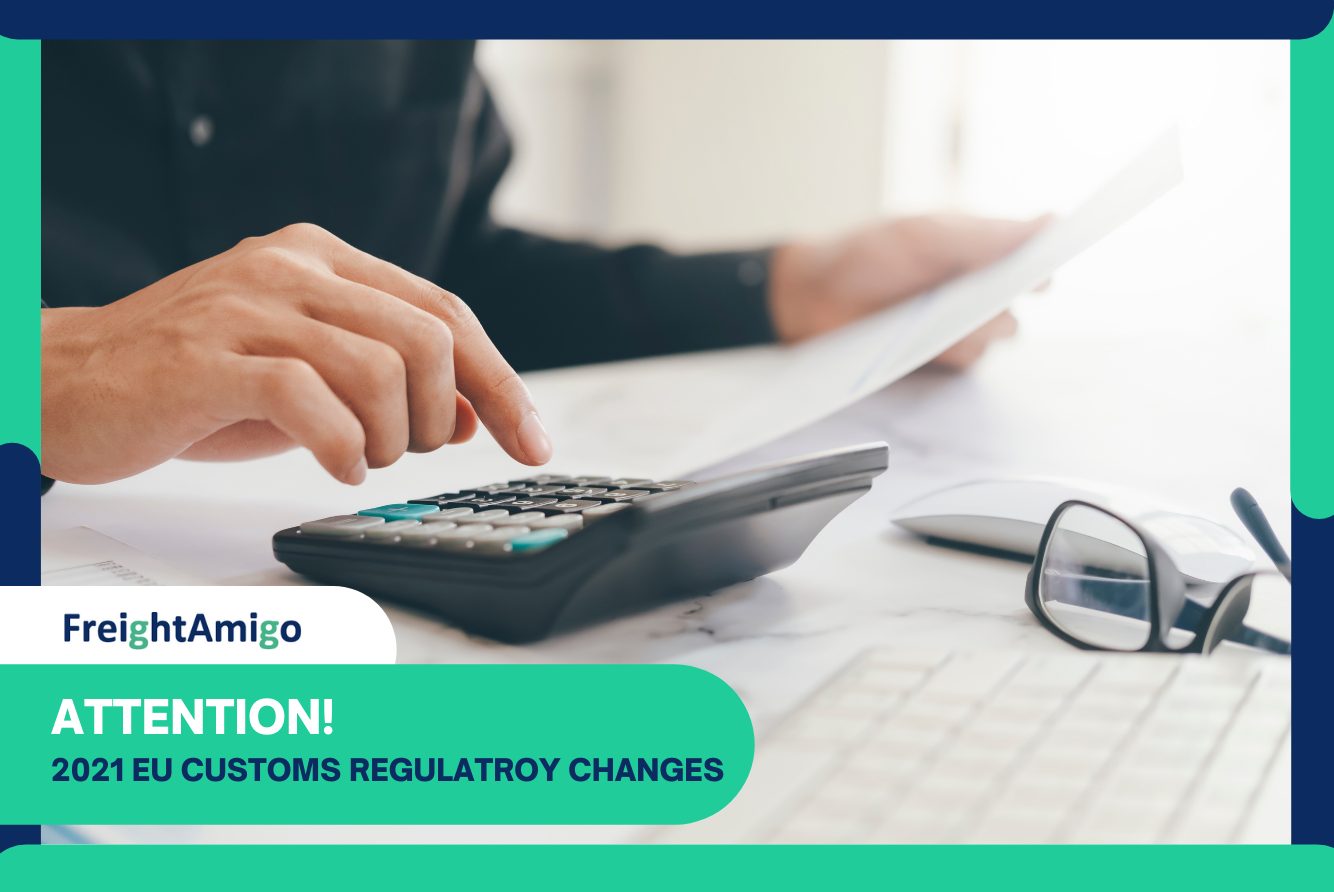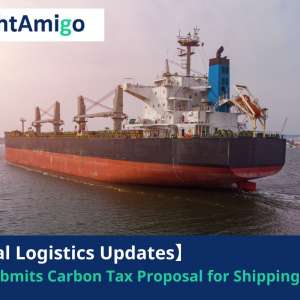Author Name: Emma Hau – Marketing Analyst at FreightAmigo
E-commerce has grown rapidly in recent years but past EU policies have resulted in unfair price advantages for non-EU merchants, resulting in billions of euros lost in VAT revenue every year. Therefore in 2021, VAT regulations was revised and all e-commerce transactions related to the EU are subject to VAT to protect merchants in EU countries. The new regulations are estimated to generate an additional €7 billion VAT annually. Find out the latest revisions to customs regulations and information on VAT rates in this article.
What is VAT?
Value-added tax (VAT) is a consumption tax on goods and services. It is levied at each stage of production, distribution or sale to the end consumer and it is charged equally on every purchase. VAT is introduced in more than 160 countries.
Why VAT?
By imposing VAT, the country can protect its businesses and avoid unfair competition and distortion for their companies. It is considered as a simpler and more standardized tax system than a traditional sales tax.
New EU Customs Regulations Starting from 1st Jul 2021
1. VAT exemption on low-value goods (€22 or below) is removed
All goods importing to EU will be charged with VAT, regardless of their value.


2. Introduce Import One-Stop Shop (IOSS) to simplify customs clearance procedures
With IOSS, non-EU sellers can collect VAT from their consumers on B2C goods imported into the EU not exceeding €150.
Once registered, the seller could pay VAT in the IOSS for all of their EU sales via a quarterly declaration, and the IOSS system would transmit that VAT remittance to the respective Member State.
3. E-marketplaces are liable for collecting, reporting and paying VAT
The e-marketplace must first register for the IOSS with an IOSS intermediary. It will then be responsible for collecting the VAT on e-commerce transactions made on marketplaces.
4. Complete a formal customs declaration for all commercial imported goods
To minimize unnecessary transit time and clearance days, customs authorities are now requesting complete and accurate goods descriptions in order to perform security/safety screening before shipments leaving the origin country.
Who are affected?
- Online B2C transactions of goods with a value of €150 euro max
- B2C E-commerce sellers
- All online e-marketplaces selling goods to EU customers


What should shippers do?
1.VAT Payment
VAT collected by the online seller at the moment of purchase and online seller then pays to EU tax authorities via monthly VAT return in the country where you IOSS is registered. If you are not a VAT established seller, you must appoint a VAT intermediary to fulfill VAT obligatory on your behalf.
2.Formal customs declaration
You need to provide accurate Commercial / Pro Forma invoice data, such as goods descriptions, customs tariff code, itemized values and items quantity. Generic description such as “samples” or “spare parts” are not allowed.
Final Reminders for Shippers
- Shippers can either register and file your own tax returns and find an intermediary to act for you.
- The customs regulatory changes are not applicable to consignments valued over €150
FreightAmigo services cover over 250 countries and regions around the world, including the EU! If you have any questions about EU VAT regulations, you are welcome to contact our customer service specialists at any time.
===
Register for free and experience the new era of FreighTech x FinTech. If you have any questions, welcome to
Chat online / WhatsApp: +852 300898592



